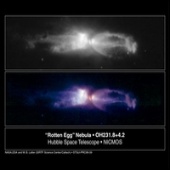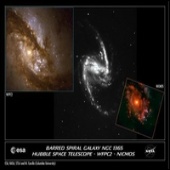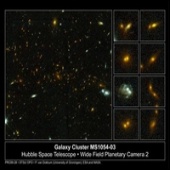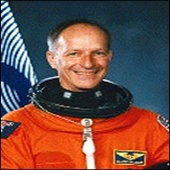ESA Science & Technology - News Archive
News archive
News archive
Published: 20 December 1999
Published: 9 December 1999
Published: 8 December 1999
Published: 7 December 1999
Published: 25 November 1999
Published: 15 November 1999
Published: 19 October 1999
Published: 6 October 1999
Published: 17 September 1999
Published: 3 September 1999
Published: 15 July 1999
Published: 10 June 1999
Published: 14 March 1999
Published: 23 November 1998
Published: 4 August 1998
Published: 24 July 1998
Published: 15 May 1998
Published: 6 May 1998
Published: 23 April 1998
Published: 1 August 1997
—
20 Items per Page



















